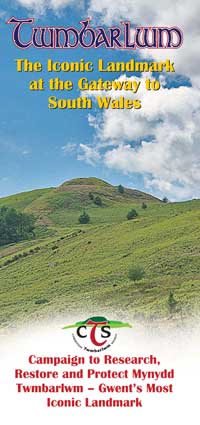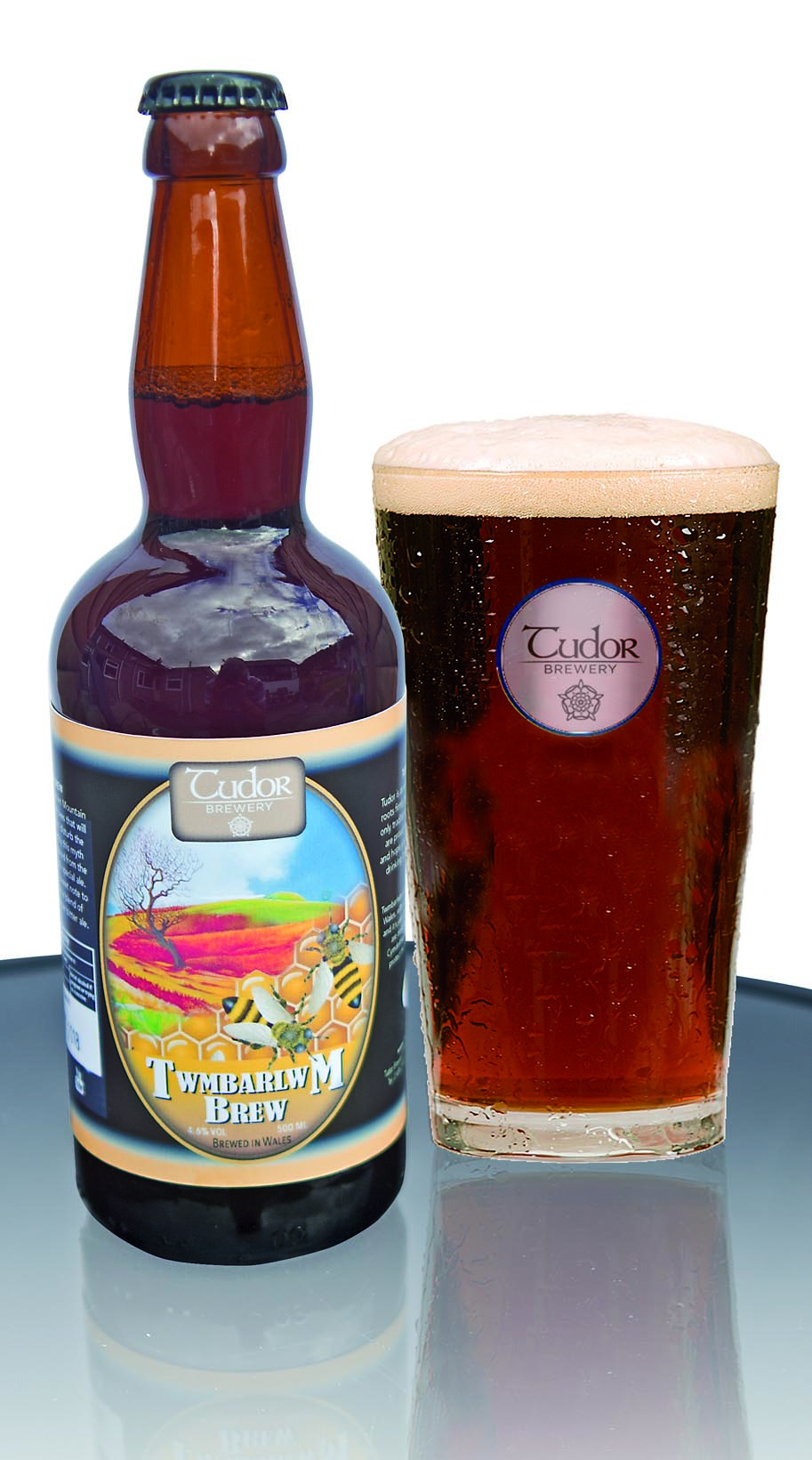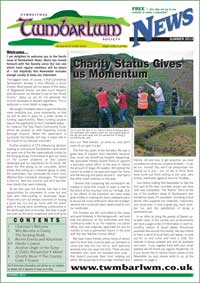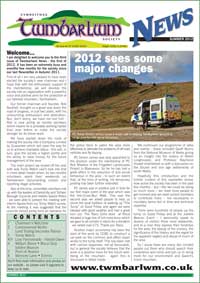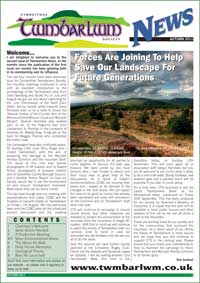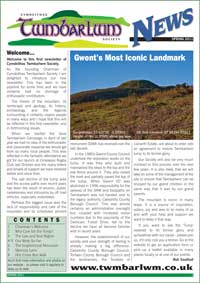Twmbarlwm Honey Ale
The following article appears in the Nov/Dec 2017 issue of The South Wales Directory:
The Legendary Taste of Twmbarlwm
Mynydd Twmbarlwm, the iconic mountain of Gwent, is shrouded in myth and legend. Some claim that it was the place of judgement for ancient druids who tossed the guilty to their deaths into the valley below and many have heard strange ethereal sounds emanating from the Tump itself – maybe it’s the mournful cries of those who fell victim to the druids.
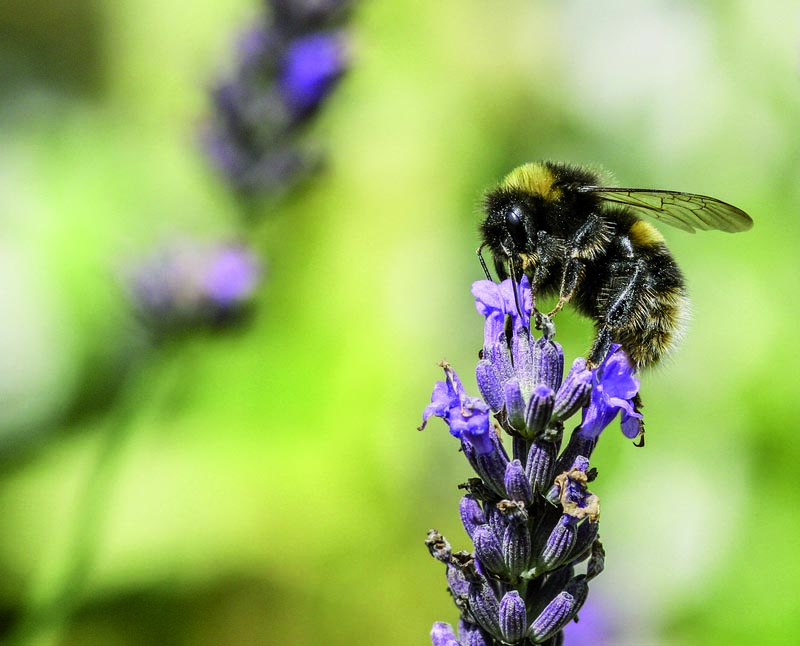 One popular tale from folklore concerns wasps and bees, even as far back as the 1880s author Wirt Sikes wrote about battles between bees and wasps in his book “British Goblins”. According to Sikes, bees were fairies in disguise, representing good, while wasps represented evil and one could often find thousands of bodies of these winged protagonists on the hilltop.
One popular tale from folklore concerns wasps and bees, even as far back as the 1880s author Wirt Sikes wrote about battles between bees and wasps in his book “British Goblins”. According to Sikes, bees were fairies in disguise, representing good, while wasps represented evil and one could often find thousands of bodies of these winged protagonists on the hilltop.
Some of these tales have their basis in the Mabinogion and the Red Books of Hergest where it is said that the great Silurian chieftain, Bran, is buried atop a hill awaiting to rise up and save Wales. Most scholars say that is the “White Hill” where the Tower of London now stands, but I believe that local story-tellers borrowed the story to attribute it to the folklore of Twmbarlwm.
Local legend says that an ancient chieftain, maybe Bran, is buried under the Tump and is guarded by a swarm of bees which if disturbed will rise up and attack the intruders.
This prophecy was given credence as recently as the 1980s when a group of council workers, led by Terry Wilmot, were sent to repair erosion on the Tump. They were digging into the Tump to install new steps when thousands of bees started flying around their heads and the men were forced to abandon their work for the day. When they got back to their works-van the workers discovered that the bees had preceded them down the mountain and settled over half of the van.
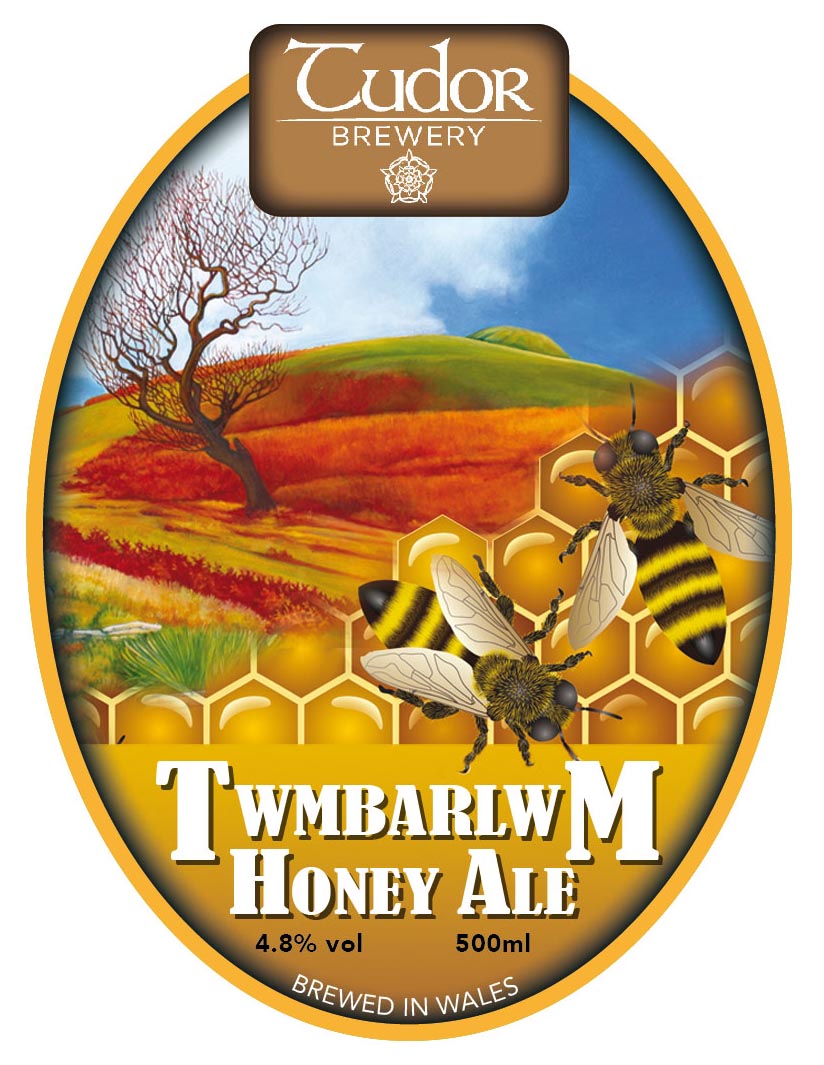 Not wanting to fall foul of the “Curse of Bran” the Twmbarlwm Society thought it would be an idea to try and appease the legendary king before we undertake any further repairs to the ancient monument. We therefore approached local brew-masters, Tudor Brewery, with the aim to produce a suitable beer to honour the mountain.
Not wanting to fall foul of the “Curse of Bran” the Twmbarlwm Society thought it would be an idea to try and appease the legendary king before we undertake any further repairs to the ancient monument. We therefore approached local brew-masters, Tudor Brewery, with the aim to produce a suitable beer to honour the mountain.
The Llanhilleth based brewery already produces a range of beers named after other Welsh mountains – the likes of The Skirrid, The Blorenge, The Sugarloaf are all represented – and they were happy to develop a unique recipe for us that would please the ancient guardian of Twmbarlwm and support the society.
As a further tilt to the legend it was decided the ale should have a touch of local honey added to the brew. The honey used comes from hives kept a short distance from Twmbarlwm, in fact, the beekeeper is able to identify that much of the honey was probably produced from the heather and wimberries that grow on the slopes of the mountain.
Twmbarlwm Honey Ale is a craft-brewed, ruby coloured bitter beer with a subtle sweet note provided by the honey. It will be available in casks and bottles in local pubs and direct from the brewery’s online shop – www.tudorbrewery.co.uk.
We can’t guarantee that the ale will protect you from Bran’s ferocious bee army but it will certainly help with the Twmbarlwm Society’s continued work on the mountain.
Cheers folks.
Terry Evans – Chairman, Cymdeithas Twmbarlwm Society


